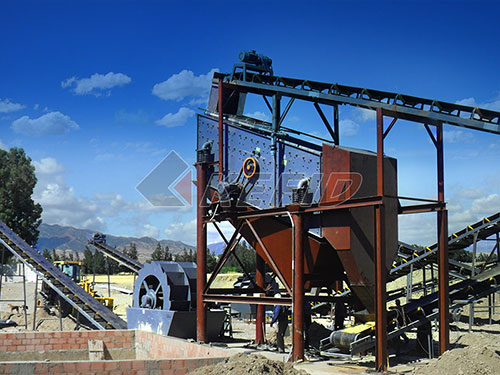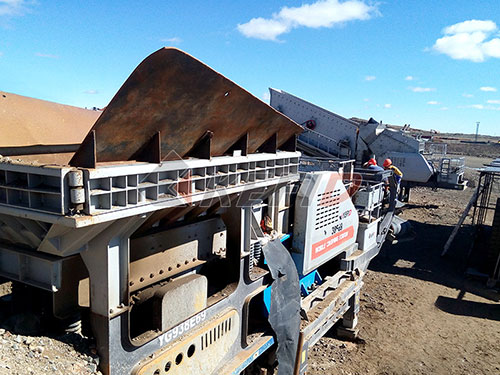The Unseen Powerhouse: Delving Deep into the World of Raymond Crushers
While the name might evoke images of a comic book hero or a medieval warrior, the Raymond Crusher stands as a testament to industrial ingenuity – a foundational piece of equipment often overlooked yet indispensable in transforming raw materials into the building blocks of our modern world. Far from fantastical exploits, its power lies in relentless efficiency and robust engineering within demanding mineral processing environments.
Beyond the Name: Understanding the Raymond Legacy
To grasp the significance of the Raymond Crusher requires stepping back into industrial history. The name is intrinsically linked to Raymond Brothers, later evolving into Raymond Bartlett Snow, and ultimately becoming part of global giants like Combustion Engineering and today’s Arvos Group (Raymond Bartlett Snow division). Founded in the early 20th century (around 1925), Raymond Brothers initially focused on pulverizing coal for combustion in steam locomotives and power plants.
Their early grinding mills achieved significant success due to their reliability and effectiveness in reducing coal to fine powder – essential for efficient combustion. However, feeding these fine-grinding mills required raw material already reduced to manageable sizes; large chunks of coal or rock would quickly overwhelm them or cause damage. This fundamental need gave birth to what became known as Raymond Crushers.
These weren’t typically entirely novel types of crushers invented from scratch by Raymond engineers; rather, they represented Raymond’s engineering prowess applied to optimizing established crushing principles – primarily Jaw Crushers and later adaptations – specifically designed for integration within their grinding systems and tailored for pre-processing materials destined for their pulverizers.

The Crushing Imperative: Why Size Reduction Matters
Before delving deeper into Raymond Crushers themselves, understanding why crushing is so crucial provides essential context:
1. Liberation: Many valuable minerals are locked within hard rock matrices called gangue minerals.
2. Surface Area Increase: Chemical reactions proceed much faster when surface area is maximized.
3. Efficiency Downstream: Grinding mills operate far more efficiently when fed uniformly sized particles within an optimal range.
4. Handling & Transportation: Smaller particles flow better through chutes, conveyors, silos.
5. Specific End Uses: Construction aggregates require specific size distributions; chemical feedstocks need precise fineness.

Crushers are thus the primary workhorses tasked with breaking down large lumps blasted from quarries or mines into progressively smaller fragments suitable for further processing or direct

Leave a Reply